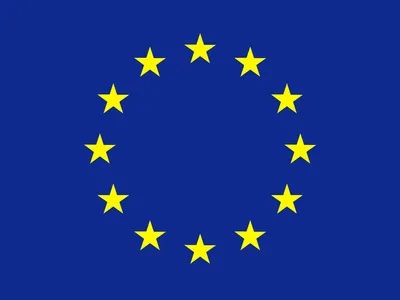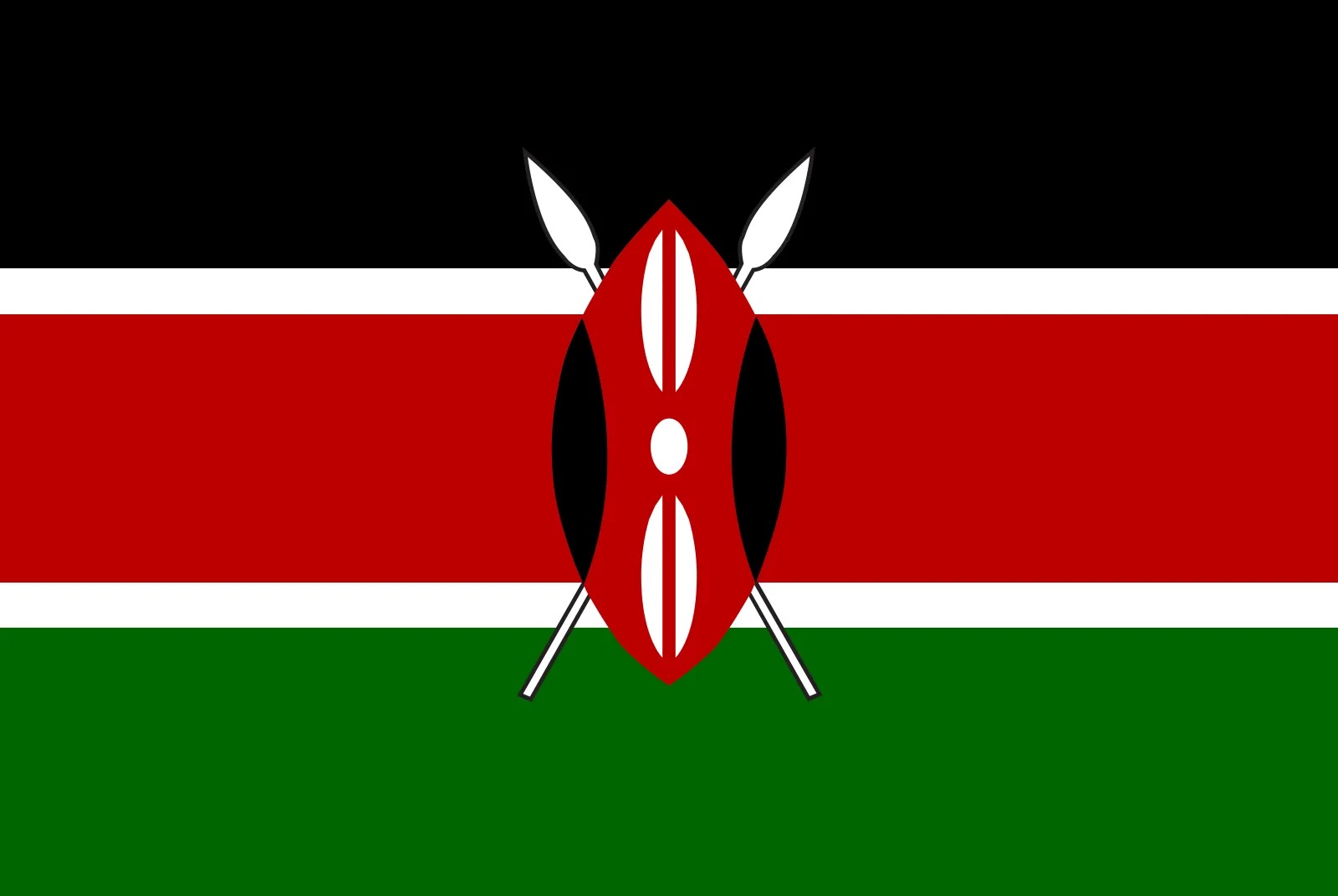Major Developments and Trends Since September 2023
Governments
Governmental action is key to successful efforts to reduce food loss and waste. Policies put in place by governments can either help or hinder food loss and waste prevention and reduction efforts. These policies can determine whether food loss and waste reduction is a priority for government agencies, private sector actors, and households within a country or region. And national communications such as nationally determined contributions (NDCs) developed by countries for submission to the UNFCCC, can help to establish food loss and waste as a climate solution (Box 2).
Most national governments are not addressing food loss and waste in a systematic way. As of our most recent assessment of global progress toward reducing food loss and waste, we assessed that countries representing just 35 percent of the world’s population are now acting at scale to address food loss and waste within their borders. Despite this slow rate of progress, there has been some positive movement toward national and regional action on food loss and waste. Profiled here are some examples of new and notable policy and strategy developments from national governments as well as global and regional bodies in the previous year.
Box 2. Nationally Determined Contributions and Food Loss and Waste
By early 2025, countries are meant to unveil new climate commitments under the Paris Agreement, known as nationally determined contributions (NDCs). These NDCs describe how a country intends to reduce GHGs) and limit global warming. NDCs in turn can help guide domestic policies across a national government, signal priorities to public and private sector investors, and can improve implementation of policy measures aimed at reducing GHGs.
Currently, not many countries mention food loss and waste in their NDCs. A forthcoming analysis from WRI’s System Change Lab found that just 25 countries include measures to reduce food loss and waste in their NDCs, and therefore not including food loss and waste in their climate strategies. Food loss and waste is a necessary focus area for countries aiming to achieve serious food loss and waste reductions, and therefore should be integrated into more NDCs during the next round of climate commitments.
Global
In December 2023, 134 countries signed the Emirates Declaration on Sustainable Agriculture, Resilient Food Systems, and Climate Action, in which countries committed to integrate food into their climate plans by 2025. The declaration was signed by many countries with the highest food-related greenhouse gas emissions, including Brazil, China, the European Union, and the United States. The importance of addressing food loss and waste was highlighted twice within the declaration, reflecting the increased awareness of the link between food loss and waste and climate change.
Reflecting the rise of food loss and waste on the global agenda, Reducing Food Loss & Waste: A Roadmap for Philanthropy was released at UNFCCC COP28 in Dubai. Following this launch, a consortium of NGOs, called the Global Action Drive, came together to coordinate and advance the needed global-level system change enabling efforts identified in the roadmap. The roadmap sets out how these global-level efforts are necessary to support national-level efforts to tackle food loss and waste. Such global efforts include developing food loss and waste reduction tools and guidance, ensuring lesson sharing between priority countries, identifying long-term financing models, and measuring and monitoring progress.

Australia |

China |

European Union These targets would require member states to take the necessary measures to reduce food waste by 30 percent per capita jointly at the retail and consumption levels (i.e., restaurants, food service establishments, and households), and by 10 percent at the processing and manufacturing levels. This target proposed at consumption level is lower than SDG 12.3, but still significant due to its prominence as the first legally binding targets to be proposed globally and give the opportunity to increase ambition and widen scope in the future. In March 2024, members of the European Parliament overwhelmingly approved the revised Waste Framework Directive. The Parliament also voted to increase the ambition of the directive to reduce food waste at retail and consumption by 40%, and by 20% at the processing and manufacturing levels. This increase in ambition was proposed by members of the Committee on the Environment, Public Health and Food Safety within the European Parliament. However, this vote came too late for negotiations between the Council and Parliament to be finalized prior to European Parliament elections in June 2024, so this increase in ambition has not yet been codified and would need to be revisited by the next session of Parliament. In June 2024, the Council reviewed the Directive and retained the earlier, lower targets proposed by the Commission while also introducing a few technical changes.The Council and European Parliament, with support from the Commission, will now negotiate the final text. It can be expected to be adopted at an EU level early 2025 and transposed into EU Member States national legislation within the following 2 years. |

India
|

Kenya These efforts are part of Kenya’s broader goal to enhance food security and reduce the economic impact of post-harvest losses. In addition to the postharvest strategy, the Retail Trade Association of Kenya (RETRAK), in partnership with Food Banking Kenya, FAO, WRI and stakeholders are supporting the development of guidelines for food redistribution in Kenya. This effort helps reduce food waste and ensures that excess food reaches those in need. |

South Africa
The comment period for the draft strategy closed in October 2023 and as of the release of this publication, the revised strategy has not yet been published. |

Tanzania By breaking down policy-related barriers and facilitating a seamless flow from production to market, Tuhifadhi Chakula aims not only to improve market access and optimize production but also to make a significant contribution toward mitigating greenhouse gas emissions – a critical step in the fight against climate change. |

United States The strategy contains four objectives and related activities within each objective. These objectives are:
The strategy also discusses the importance of public-private partnerships in reducing food loss and waste. On June 1, the three agencies renewed a Memorandum of Understanding (MOU) with the Food Waste Reduction Alliance (FWRA), which is comprised of the three major food industry associations in the United States. |
